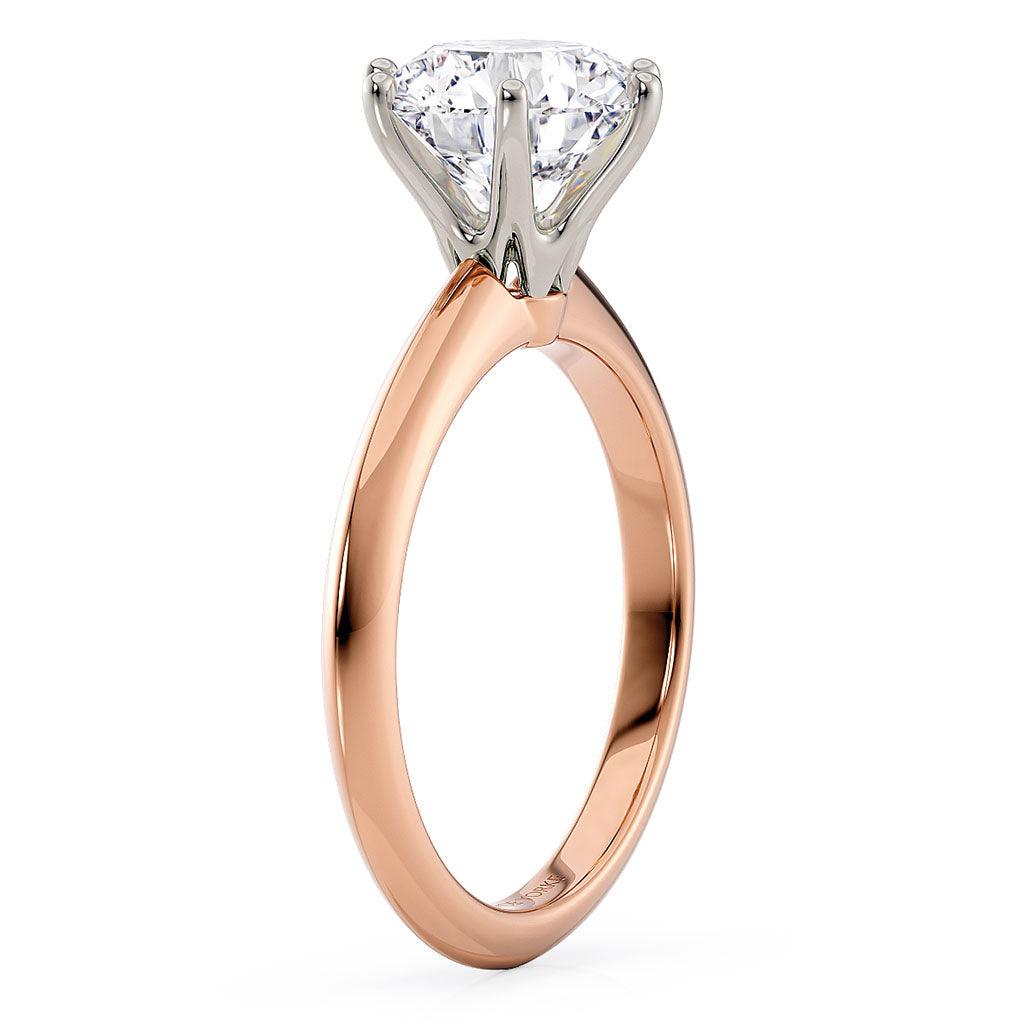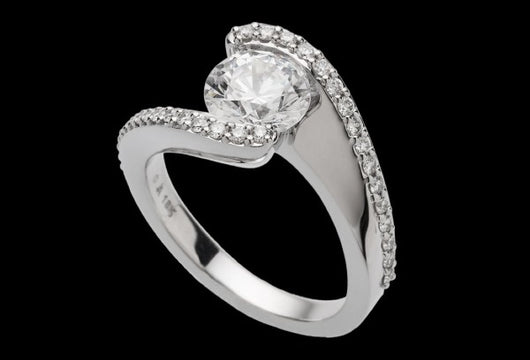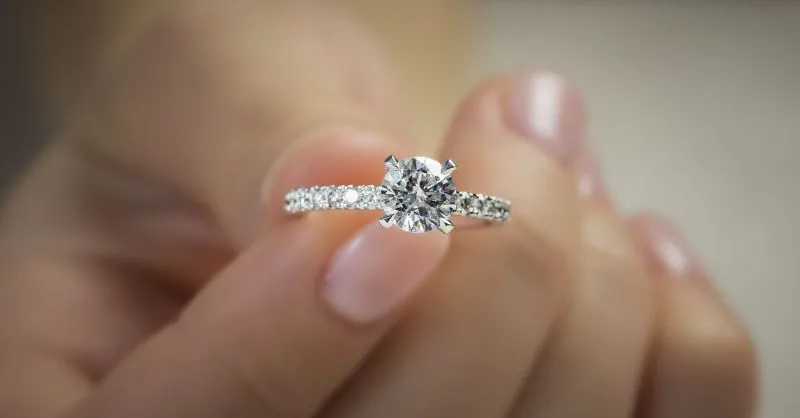Claws for Lab-Grown Diamond Rings: A Guide to Settings and Security

When it comes to showcasing the brilliance and beauty of lab-grown diamonds, the choice of setting plays a crucial role. Among the various options, claw settings—also known as prong settings—are popular for their ability to highlight the diamond’s sparkle while providing secure placement. This article delves into the specifics of claw settings for insider story of lab diamonds better, exploring their benefits, styles, and considerations to help you make an informed choice for your precious gem.
What Are Claws (Prongs) in Ring Settings?
Claws, or prongs, are metal projections that hold the diamond in place within a ring setting. These prongs are typically small, slender metal pieces that grip the diamond’s girdle (the widest part of the stone) to secure it. The number and arrangement of prongs can vary, influencing both the aesthetic and functional aspects of the ring.
Benefits of Claw Settings for Lab-Grown Diamonds
Enhanced Brilliance:
Light Exposure: Claw settings allow more light to enter the diamond from various angles, maximizing its brilliance and sparkle. The minimal metal coverage ensures that the diamond’s facets are prominently displayed.
Showcase of Beauty: By elevating the diamond above the band, claw settings highlight the stone’s natural fire and scintillation, making it the focal point of the ring.
Versatility:
Design Flexibility: Claw settings are versatile and can be adapted to various ring designs, from classic solitaires to elaborate halo settings. They complement different diamond shapes and sizes, making them suitable for a wide range of styles.
Customization Options: The number of prongs and their arrangement can be customized to fit the specific requirements of the lab-grown diamond, allowing for personalized and unique designs.
Secure Placement:
Stability: Properly designed claw settings provide secure placement of the diamond, reducing the risk of it becoming loose or falling out. The prongs wrap around the diamond’s girdle, holding it firmly in place.
Regular Maintenance: Periodic checks by a jeweler can ensure that the prongs remain secure and that the diamond stays safely set.
Common Claw (Prong) Settings
Four-Prong Setting:
Description: The most traditional and classic claw setting, where four prongs hold the diamond at its corners. This setting is often used for round brilliant cuts and provides a balanced view of the diamond.
Advantages: Offers a clean and unobstructed view of the diamond while providing secure support.
Six-Prong Setting:
Description: This setting uses six prongs to secure the diamond, commonly found in engagement rings with round cuts. The additional prongs offer extra security and a slightly more intricate appearance.
Advantages: Provides added protection for the diamond, lab made diamonds, especially useful for round and oval cuts.
Three-Prong Setting:
Description: A less common but striking design where three prongs hold the diamond. This setting is often used for unique or modern designs.
Advantages: Offers a distinctive look while still securing the diamond effectively.
Bezel Setting:
Description: Although not a claw setting, the bezel setting encircles the diamond with a metal band, providing a different style that secures the diamond completely.
Advantages: Provides excellent protection for the diamond’s edges and is ideal for those with active lifestyles.
Considerations for Choosing Claw Settings
Metal Choice:
Types of Metal: The choice of metal for the claws (prongs) can influence both the look and durability of the ring. Common options include platinum, white gold, yellow gold, and rose gold.
Durability: Platinum is known for its strength and is a popular choice for securing diamonds due to its durability.
Diamond Shape and Size:
Shape Compatibility: The shape of the lab-grown diamond can affect the number and arrangement of prongs. For example, round diamonds often use four or six prongs, while fancy shapes like marquise or pear cuts may require more specialized settings.
Size Considerations: Larger diamonds may benefit from additional prongs or reinforced settings to ensure they are securely held.
Regular Maintenance:
Inspection: Regular inspections by a jeweler are important to ensure that the prongs remain secure and that the diamond is safely set.
Cleaning: Routine cleaning can help maintain the appearance of the claws and ensure they continue to function properly.
Conclusion
Claw settings offer a blend of elegance and functionality for lab-grown diamond rings, making them a popular choice among those seeking to showcase their diamonds beautifully while ensuring security. By understanding the various types of claw settings and considering factors such as metal choice, diamond shape, and regular maintenance, you can select a setting that not only enhances the brilliance of your lab-grown diamond but also reflects your personal style and preferences. Whether you opt for a classic four-prong setting or a more unique design, claw settings provide a timeless and secure way to celebrate your special moments with a stunning lab-grown diamond.





